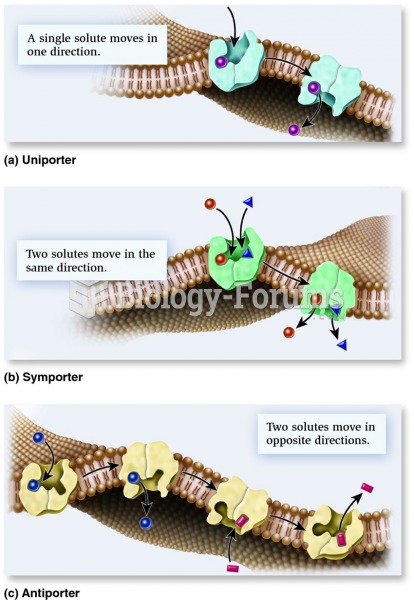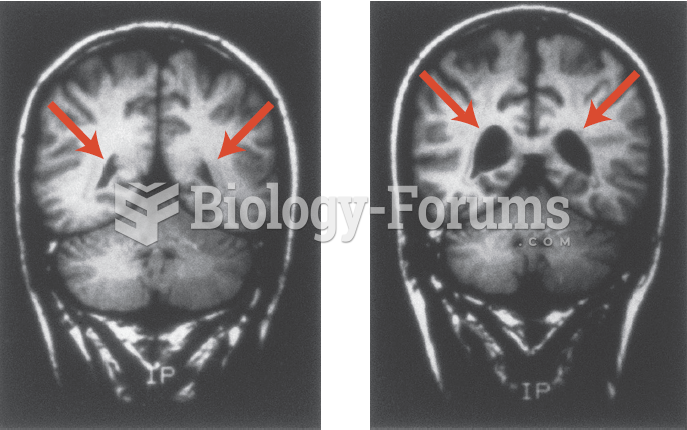Answer to Question 1
Correct Answer: 1,2,3,4
Rationale 1: A factor in nonadherence with antipsychotic medication is the desire to drink alcohol.
Rationale 2: Even motivated clients may have difficulty tolerating the side effects of antipsychotic medications.
Rationale 3: A lack of insight into the illness may cause some clients to believe their behavior is normal and does not need to be treated with medication.
Rationale 4: Clients with paranoia may feel that drug therapy is a plot to poison them.
Rationale 5: The cost of antipsychotic medication is not a factor in client nonadherence.
Global Rationale: A factor in nonadherence with antipsychotic medication is the desire to drink alcohol. Even motivated clients may have difficulty tolerating the side effects of antipsychotic medications. A lack of insight into the illness may cause some clients to believe their behavior is normal and does not need to be treated with medication. Clients with paranoia may feel that drug therapy is a plot to poison them. The cost of antipsychotic medication is not a factor in client nonadherence.
Answer to Question 2
Correct Answer: 1,2
Rationale 1: There is a theory that overactive dopaminergic pathways in the basal ganglia are associated with the symptoms of schizophrenia.
Rationale 2: Most antipsychotic drugs act by entering dopaminergic synapses and competing with dopamine. By blocking dopamine receptors, antipsychotic drugs reduce the symptoms of schizophrenia.
Rationale 3: Antipsychotic medications do not correct the genetic component of schizophrenia.
Rationale 4: Antipsychotic medications are not sedatives.
Rationale 5: Antipsychotic medications do not stimulate dopamine receptors.
Global Rationale: There is a theory that overactive dopaminergic pathways in the basal ganglia are associated with the symptoms of schizophrenia. Most antipsychotic drugs act by entering dopaminergic synapses and competing with dopamine. By blocking dopamine receptors, antipsychotic drugs reduce the symptoms of schizophrenia. Antipsychotic medications do not correct the genetic component of schizophrenia; they are not sedatives; and they do not stimulate dopamine receptors.






